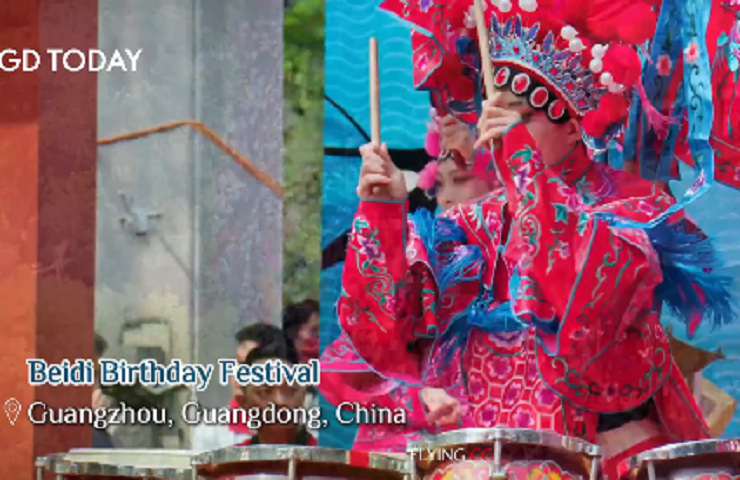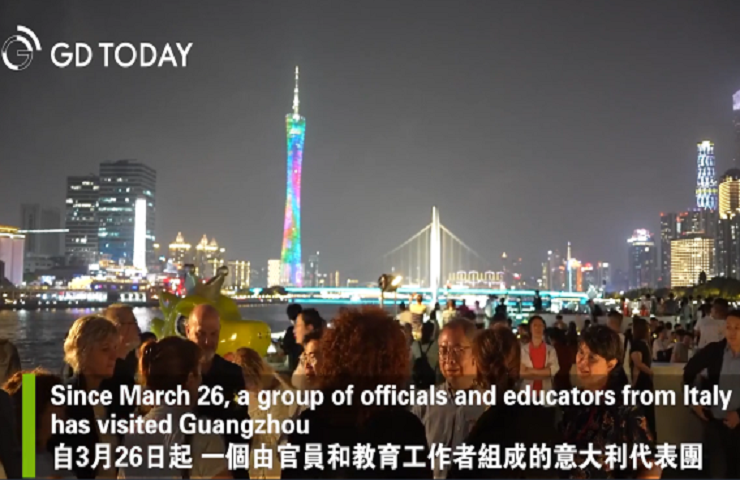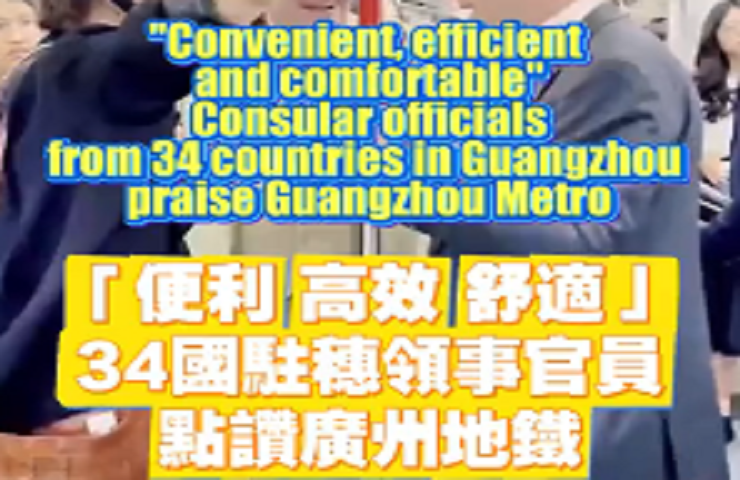Guangzhou reduces costs for businesses by 70b yuan in 2016
A group of 33 online media journalists and experts arrived in Guangzhou on Jan 7 to take part in a government-organized promotion activity showcasing Guangdong province's progress in promoting supply-side economic reform.
This was the last leg of the "Economic Vitality in Guangdong, Supply-side Structural Reform" media promotion tour, which began on Jan 4 and included stops in the cities of Foshan, Zhongshan and Jiangmen, as well as the provincial capital.
Jointly sponsored by the Publicity Department of Guangdong, Office of the Central Leading Group for Cyberspace Affairs of Guangdong, and Development and Reform Commission of Guangdong, the activity has generated hot discussions since it began.
The reporters' final city tour in Guangzhou included visits to Jinyu Inspection Guangzhou Headquarters, Guangzhou Equity Exchange and Guangzhou Guocui Flower Transaction Co, where they learned how the city is carrying out deep reforms to improve the quality and efficiency of the supply side of the regional economy, following a strategy dubbed "three removals, one reduction and one subsidy".
Focusing on technology and services
Inside the 25,000-square-meter laboratory center run by Jinyu Inspection Guangzhou Headquarters are various sophisticated labs for conducting medical tests and experiments. The Clinic Genome Test Center on the sixth floor is responsible for tests related to molecular pathology, molecular genetics, molecular cell genetics and biological information, and is continuously expanding its medical database through whole genome tests.
As a third-party medical test company, Jinyu Inspection mainly relies on building a core technical system to comprehensively boost supply-side structural reform through scientific and technological innovation, said Liang Yaoming, the company's chairman of the board.
Today, Jinyu Inspection has covered 90 percent of the nationwide medical test outsourcing service.
Founded in 2012, Guangzhou Equity Exchange (GEE) has continuously improved its ability to promote mass entrepreneurship and innovation. GEE created the enterprise listing policy "listing in steps without restrictions" to list enterprises failing to meet the IPO requirements set by regional equity markets for financing, and has striven to facilitate the local government's support for small- and medium-sized enterprises through forging various policies and funds using platforms.
As of Dec 28, 2016, GEE had listed 5,646 enterprises from various sectors and achieved total financing transaction turnover of 18.305 billion yuan ($2.67 billion).
Ushering in 16 Fortune 500 projects
In 2016, Guangzhou steadily carried out its campaign to "remedy the short board, reduce costs, and remove production capacity, inventory and leverage", obtaining outstanding achievements. The region’s estimated annual GDP was 1.95 trillion yuan, up 8.1 percent year on year.
In terms of remedying the short board, Guangzhou strove to strengthen the innovation economy, launched and carried out the Construction Plan of Guangzhou National Independent Innovation Demonstration Zone and other policies and measures to accelerate the development of projects to boost innovation.
Statistics indicate that the year of 2016 saw an increase of more than 2,800 high-tech enterprises, bringing the city's total to more than 4,700. Guangzhou also houses more than 120,000 sci-tech innovation enterprises and nearly 190 sci-tech incubators with a total incubation area of over 8 million square meters, including five excellent State-level incubators.
Guangzhou, focusing on creating clusters of headquarters, as well as boosting the science and technology and financial industries, has ushered in key construction and innovation projects. The city newly introduced 16 projects backed by Fortune 500 companies, bringing in investment of 27.2 billion yuan. Headquarters for major companies including COSCO Shipping Bulk Goods, Cisco China Innovation Center, China Railway Tunnel Headquarters, GE Bio-park and IDG South Headquarters have set up in Guangzhou.
As for cost reduction, Guangzhou has boosted reforms of governmental functions through reducing institutional transaction costs, and reduced red tape by scrapping 176 city-level administrative approval processes.
Centering on "reducing costs to increase efficiency", Guangzhou has intensified its burden relief efforts, exempting enterprises from 52 administrative fees, reducing eight governmental fee collection funds, fully rolling out the Business Tax to VAT pilot reform, helping big electricity consumers directly sign cooperation contracts with power companies, and reducing or cancelling charges for goods loading, relocation and storage at ports. In 2016, Guangzhou freed enterprises from costs and taxes worth an estimated 70 billion yuan.
As for removal of production capacity, inventory and leverage, Guangzhou moved out 148 projects with planned investment of 43.676 billion yuan between January and November last year. Meanwhile, the Implementation Plan for Reorganizing Municipal Zombie SOEs to Optimize Structure of State-owned Assets was launched to dispose of 476 State-owned "zombie enterprises".
Copyright © Foreign Affairs Office of Guangzhou Municipal Government,
Hong Kong and Macao Affairs Office of Guangzhou Municipal Government All rights reserved.
Presented by China Daily.
京ICP备13028878号-28















